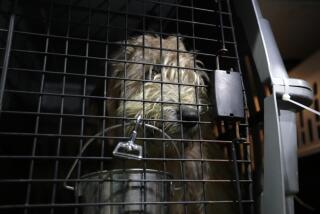L.A. Zoo helps launch first-of-its-kind network to combat wildlife trafficking

Ninja poked his head out from under his shell and nibbled away at food scraps next to a podium at the Los Angeles Zoo as Chief Executive and Director Denise Verret made a landmark announcement.
The radiated tortoise, who was confiscated by the U.S. Fish and Wildlife Service alongside dozens of other critically endangered, trafficked reptiles and brought to the zoo in 1998, is now “thriving and healthy,” Verret said.
Ninja is one of 50 animals at the Los Angeles Zoo that were placed there after being confiscated — a success story that officials hope will be replicated by the first-of-its-kind program announced Friday: the Southern California Wildlife Confiscations Network.
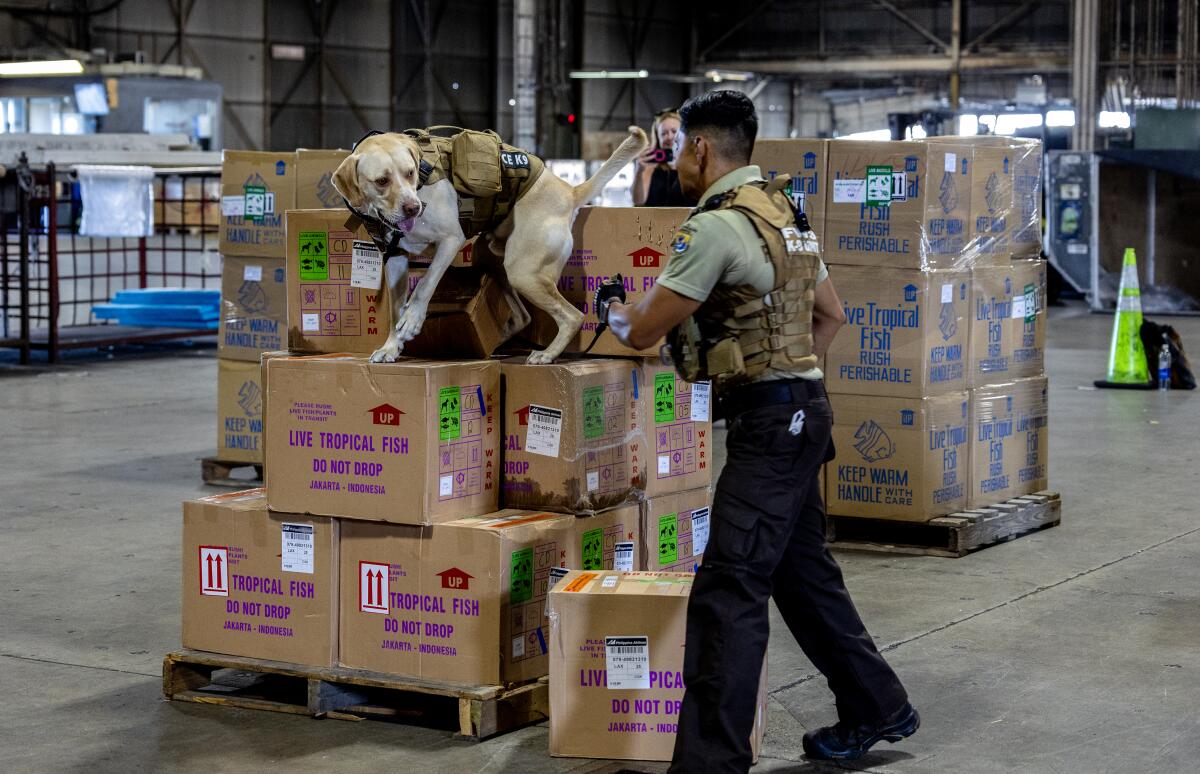
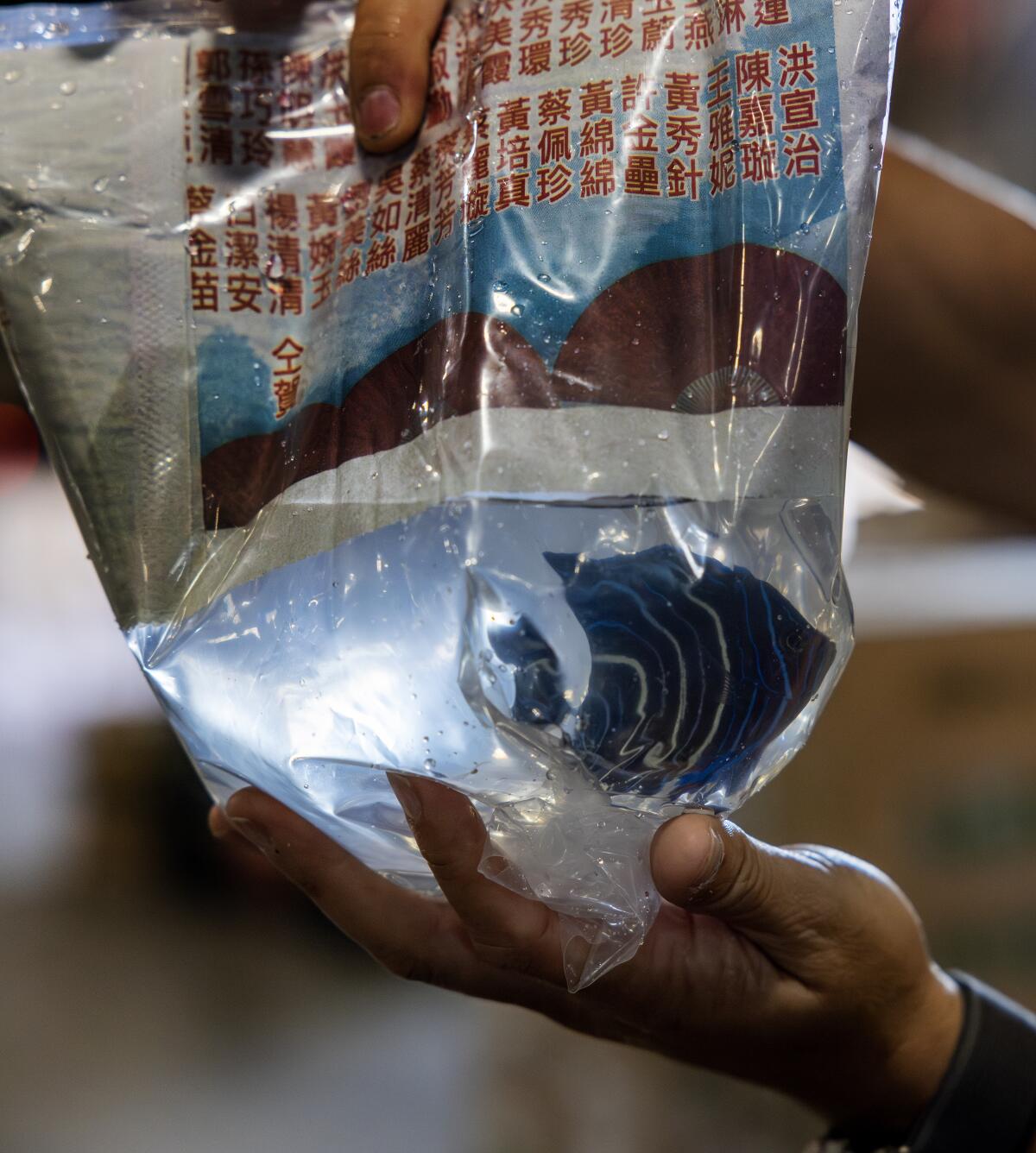
The partnership between the U.S. Fish and Wildlife Service and the Assn. of Zoos and Aquariums aims to simplify the placement of confiscated animals by having a regional point of contact for wildlife enforcement officers to find trusted animal care facilities. The logistics of finding placement for a confiscated animal can be a challenge for federal wildlife officers, who must also juggle the trafficking investigation.
In the past, wildlife enforcement agents have had to rely on informal contacts and relationships with local zoos, aquariums, sanctuaries and wildlife rescues.
Under the wildlife confiscations network, a pilot program that officials plan to replicate nationwide beginning next year, a newly established confiscations coordinator will note the specific housing needs of the species involved and refer to a list of “fully vetted and permitted professional animal care facilities in the region to determine which can meet the case needs.”
Matthew Martin, assistant special agent for the U.S. Fish and Wildlife Service, said the partnership will help authorities “free up time and follow up on investigative leads while they’re still fresh.”
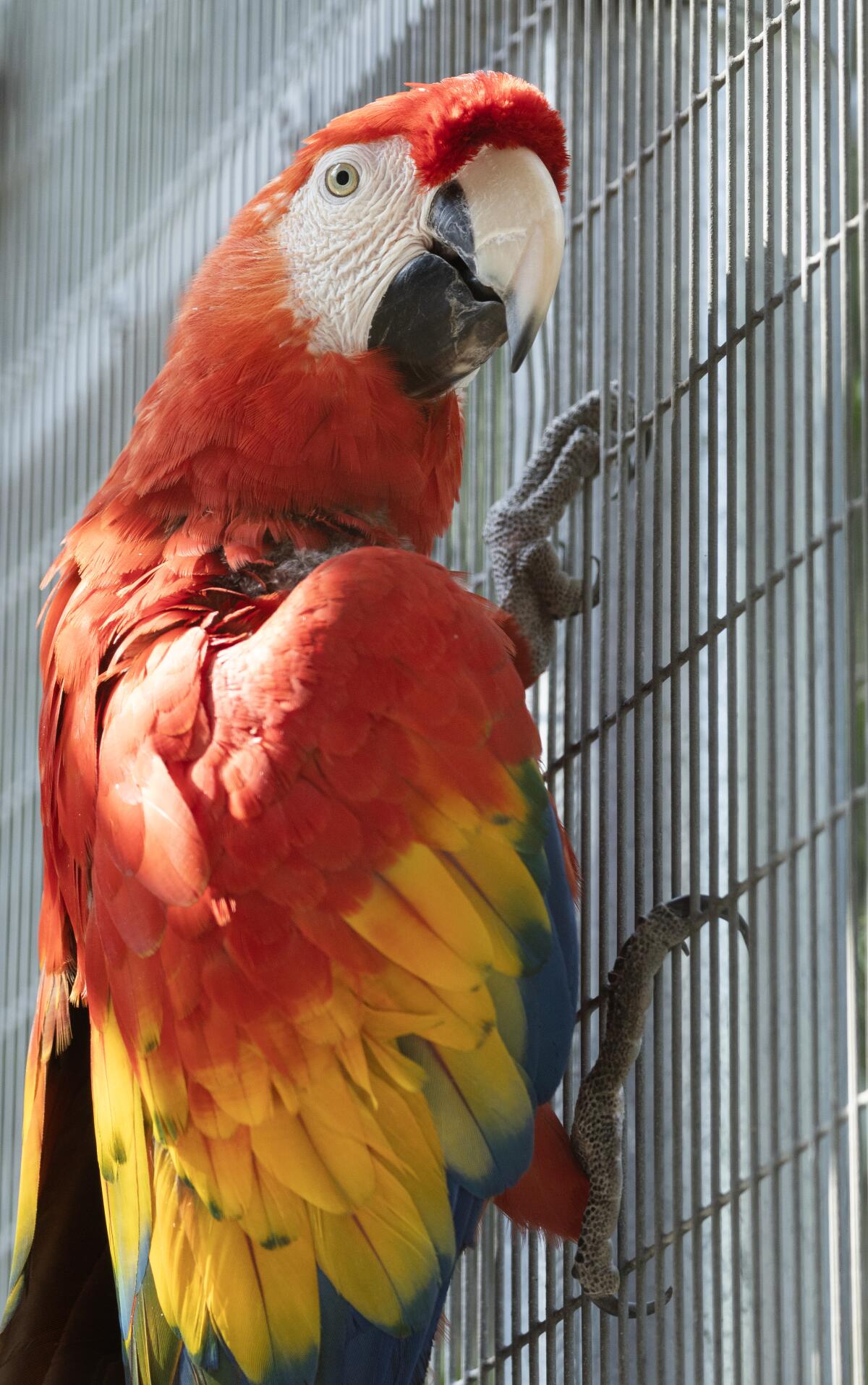
Wildlife trafficking is often thought of as something that happens in “far away places like Africa, Asia or Australia,” said Dan Ashe, president of the Assn. of Zoos and Aquariums, “but it’s very much an American problem as well.”
Southern California is an epicenter for the trafficking of wild animals, often smuggled for the illegal pet trade and regularly moved through ports of entry, he said.
For at least the last decade, Martin said, U.S. native turtles have been exported overseas.
At the southern border, he said, the Fish and Wildlife Service has intercepted a lot of trafficked sea cucumbers and swim bladders from totoaba fish, an endangered species since 1979.
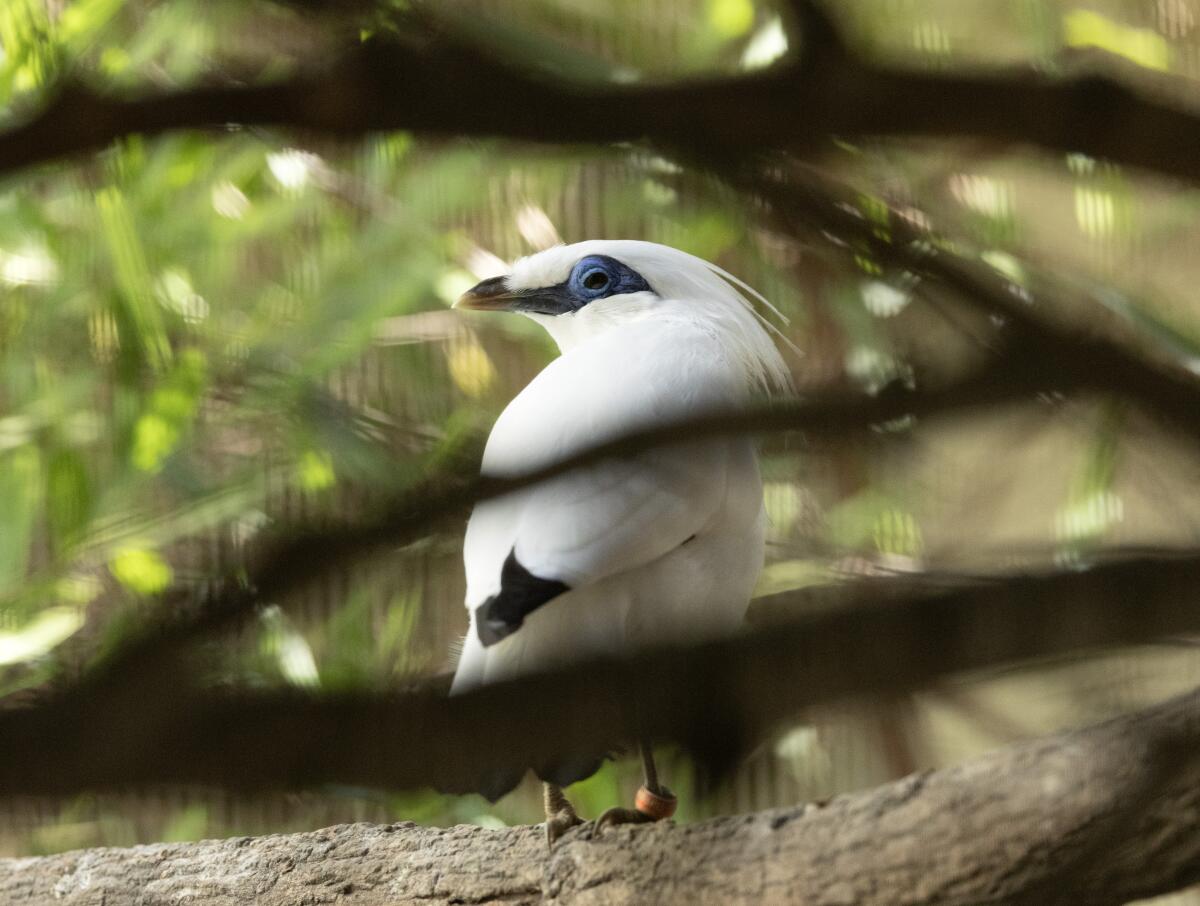
At ports of entry or exit such as Los Angeles International Airport or a U.S. Postal Service facility, Fish and Wildlife officials search incoming shipments of permitted live animals to ensure there isn’t any activity of illegal trade. Inspectors check labels and open boxes, and if the shipment matches its documentation, it is sealed up and ready to be transported to its destination. For extra assurance, a trained K-9 is also on scene to sniff out any smuggled animals.
In 2022, Fish and Wildlife special agents and the service’s law enforcement partners investigated more than 10,000 wildlife trafficking cases and collected more than $11 million in criminal penalties.
“Illegal wildlife trafficking, whether driven by profit or personal gain, has devastating consequences for our environment and biodiversity,” said Verret of the Los Angeles Zoo.
The global issue puts countless species on the brink of extinction and affects entire ecosystems, she said, and officials are hopeful that the Southern California Wildlife Confiscations Network will help them focus on stamping out the illegal trade.
From 2015 to 2019, the Assn. of Zoos and Aquariums noted, federal authorities had 834 cases of live wildlife that was refused clearance, including 48,793 individual animals and plants that required placement. Los Angeles led the nation in number of cases, with 177.
Watch L.A. Times Today at 7 p.m. on Spectrum News 1 on Channel 1 or live stream on the Spectrum News App. Palos Verdes Peninsula and Orange County viewers can watch on Cox Systems on channel 99.
More to Read
Sign up for Essential California
The most important California stories and recommendations in your inbox every morning.
You may occasionally receive promotional content from the Los Angeles Times.



